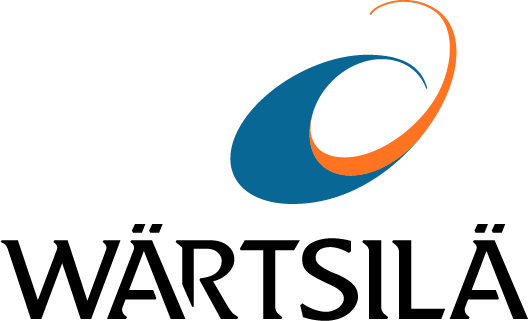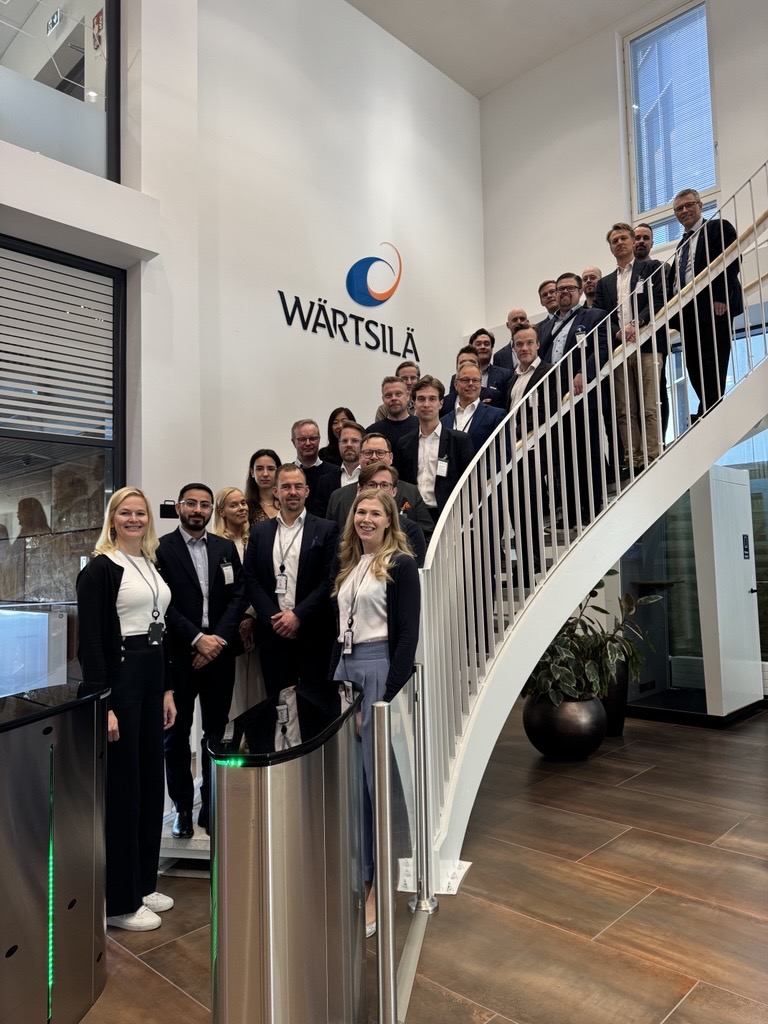

Wärtsilä Investor Relations organised a site visit to the Sustainable Technology Hub (STH) in Vaasa, Finland on 15 May 2025. The event, aimed at investors and analysts, served as a continuation of the site visit held last year. This year, the visit focused on Energy business. The visit featured insightful presentations from key leaders, each shedding light on different aspects of Wärtsilä's operations and future directions. The presentation material from the event can be found here.

Profitable growth in a dynamic market
Anders Lindberg, President, Wärtsilä Energy and Executive Vice President, opened the event with an overview of Wärtsilä Energy's (Engine Power Plants) business drivers and growth strategy. He emphasised that Wärtsilä is well-positioned for growth in a rapidly evolving market, thanks to our future-proof product portfolio and global installed base with growth opportunities in balancing and baseload segments. Anders highlighted Energy’s impressive financial performance, noting a 17% increase in order intake and a 27% rise in total equipment sales from full year 2023 to last twelve months Q1 2025. These figures underscore Wärtsilä's profitable growth trajectory.
The market trends in Energy are generally positive, stated Anders during his presentation. Rising protectionism creates uncertainty, but opportunities and tailwinds are strong. The energy transition is still accelerating with renewables capacity forecasts at record levels, also remaining the least expensive way to generate electricity. The increasing penetration of intermittent renewables creates a need for thermal balancing, while switching off coal drives demand for dispatchable capacity.
The data centre power market was in the discussions during Anders’ presentation too. The market is shifting which is creating new thermal baseload opportunities for Wärtsilä. Wärtsilä’s sweet spot in the data centre segment is in the off-grid baseload power plants segment with high lifecycle value. Compared to gas turbines, our advantages include shorter delivery times, flexibility, and modularity.
Also, services performance continues to be solid in the Energy business. Energy’s service sales have increased 22% from full year 2022 to last twelve months Q1 2025. Drivers for Energy services growth include increasing agreement coverage, growing installed base and upgrades and fuel conversion demand. Energy currently has an agreement renewal rate of over 90% for the existing customers.
Future-proof product portfolio and innovation
Erik Jungner, Director, Technology, focused his presentation on Wärtsilä's commitment to innovation and future-proofed product portfolio. He detailed the company's efforts to support the energy transition with engine power plants through advanced product offerings designed for flexibility and sustainability. Engine power plants can go from start-up to full load in as little as two minutes without minimum uptime or downtime. This brings large advantages to engine power plants compared to combined-cycle gas turbines (CCGTs), which have major limitations, such as high minimum load and minimum up and down times.
A highlight of Erik’s presentation was the introduction of Wärtsilä’s engine technology, including the new Wärtsilä 46TS engine. This engine represents a significant leap in performance, offering high efficiency and flexibility, and is capable of operating on various fuels, including natural gas and hydrogen blends. Erik emphasised that continuous innovation in engine technology and modular power plants is crucial for Wärtsilä to remain at the forefront of the energy sector. His insights into the technological advancements underscored Wärtsilä's role in the energy transition.
Sustainable Technology Hub expansion, synergies between Marine and Energy and innovation ecosystem
Juha Kytölä, Director, R&D and Engineering, provided an in-depth look at the expansion of the Sustainable Technology Hub and its role in fostering a collaborative innovation ecosystem. The expansion of STH will add nearly 8,000 square meters to the site, enhancing R&D testing capabilities. Kytölä explained how Wärtsilä’s research and technology value stream moves from research to markets. He also highlighted the importance of collaboration with universities, research institutes, and industry partners in driving innovation and sustainable growth.
He also discussed the synergies between Wärtsilä's Marine and Energy sectors, facilitated by the modular design of their engine products. This design allows Wärtsilä to meet diverse customer needs across different markets. Kytölä's presentation illustrated how STH serves as a hub for developing cutting-edge technologies that support the global energy transition.
Opportunities of the Sustainable Technology Hub
The day concluded with an extensive tour around the facilities of Sustainable Technology Hub. The tour included a visit to the Fuel Laboratory where future fuels are researched and tested, the Expertise Centre where Wärtsilä engines are monitored in operation globally, and to the production facilities, where the engines are produced.
Throughout the visit, several key market trends and opportunities were discussed. The accelerating energy transition and increasing renewable capacity create a growing demand for thermal balancing solutions. Additionally, the baseload market is expected to remain steady, with emerging opportunities in the data centre power market were highlighted, particularly for off-grid baseload applications.
Our strong presence in 180 countries, coupled with a growing installed base and high service agreement coverage, further underscores our global reach and influence. Wärtsilä's strategic initiatives and technological advancements position us as an energy transition enabler, driving forward a future of profitable and sustainable growth.
Q&A
You have now increased R&D testing capabilities, do you have other expansion needs going forward?
STH is a flexible site, and our capacity is enough for the future. Testing has been the bottleneck, and the expansion will help in this sense. The expansion also creates potential for future growth of manufacturing capacity and volumes, if needed.
What are the main benefits for data centre customers to invest in engines compared to turbines?
Wärtsilä is targeting off-grid baseload opportunities, the US and Europe being the focus regions. We expect Wärtsilä medium-speed engines to be competitive against gas turbines in data centre/energy centre applications due to shorter lead times, higher reliability, and the modularity of our engines. When compared to aeroderivative gas turbines, engines offer fuel flexibility and higher fuel efficiency, and they can achieve higher capacity factors. Finally, the installation size for off-grid baseload data centres (50-400 MW) is well suited to the sweet spot at which engines are most competitive.
How are the discussions with your customers related to alternative fuels? Are customers ready to invest and which fuels they prefer?
Discussions with our customers make it clear that there will be no single global green fuel used in the energy sector, but they are increasingly ready to ensure that their generating sets are future-proofed. There is still uncertainty about which fuels are the most promising, but Wärtsilä’s strong experience offering fuel flexibility is an advantage.
How do you consider the customer in your R&D work?
Customers are included in our R&D work in many stages, as our success depends on how well we can meet the customer needs. Due to our long service relationship with our customers, we have close exposure to our customers.